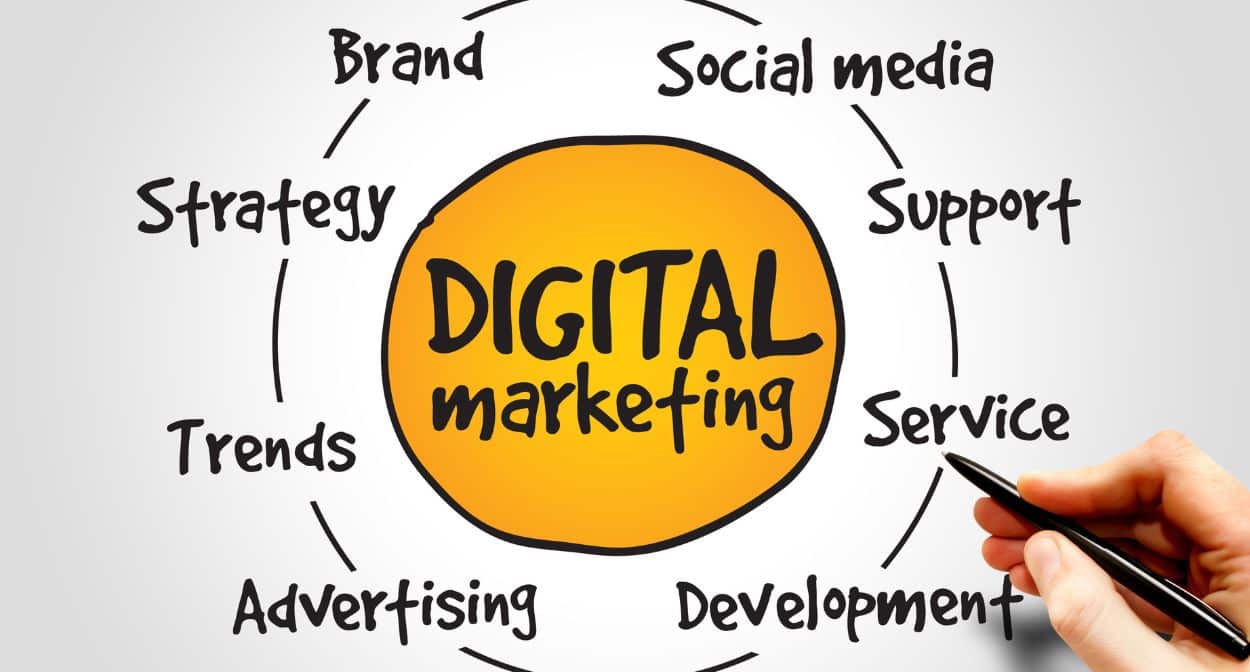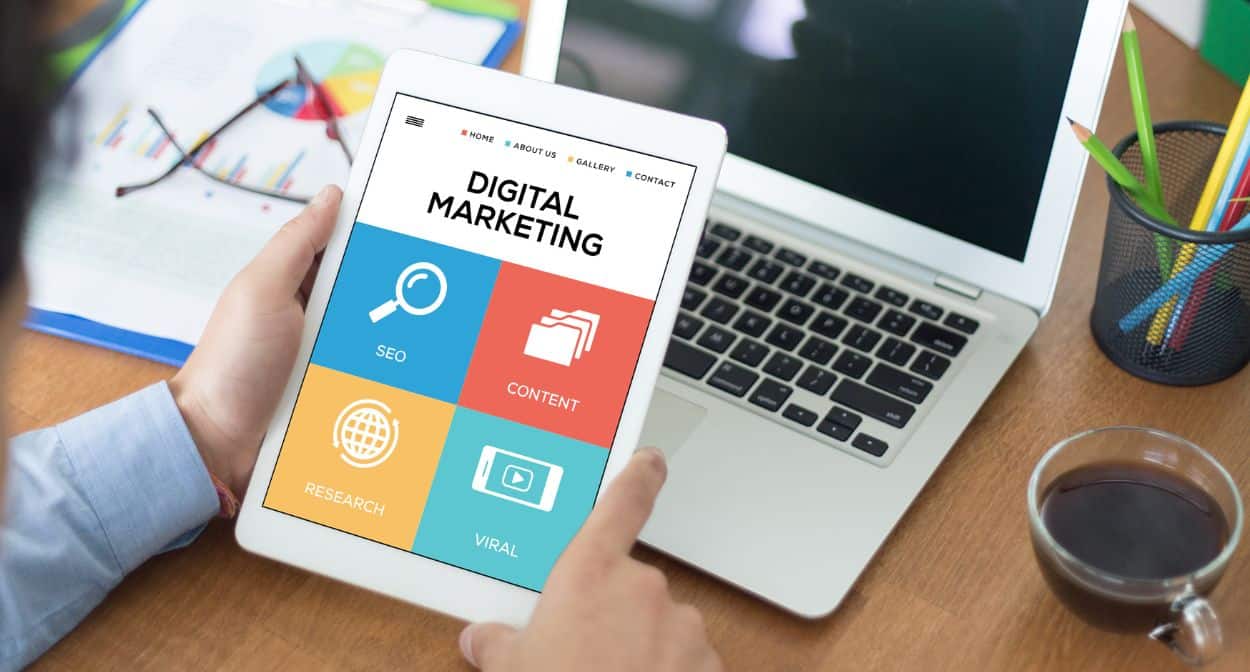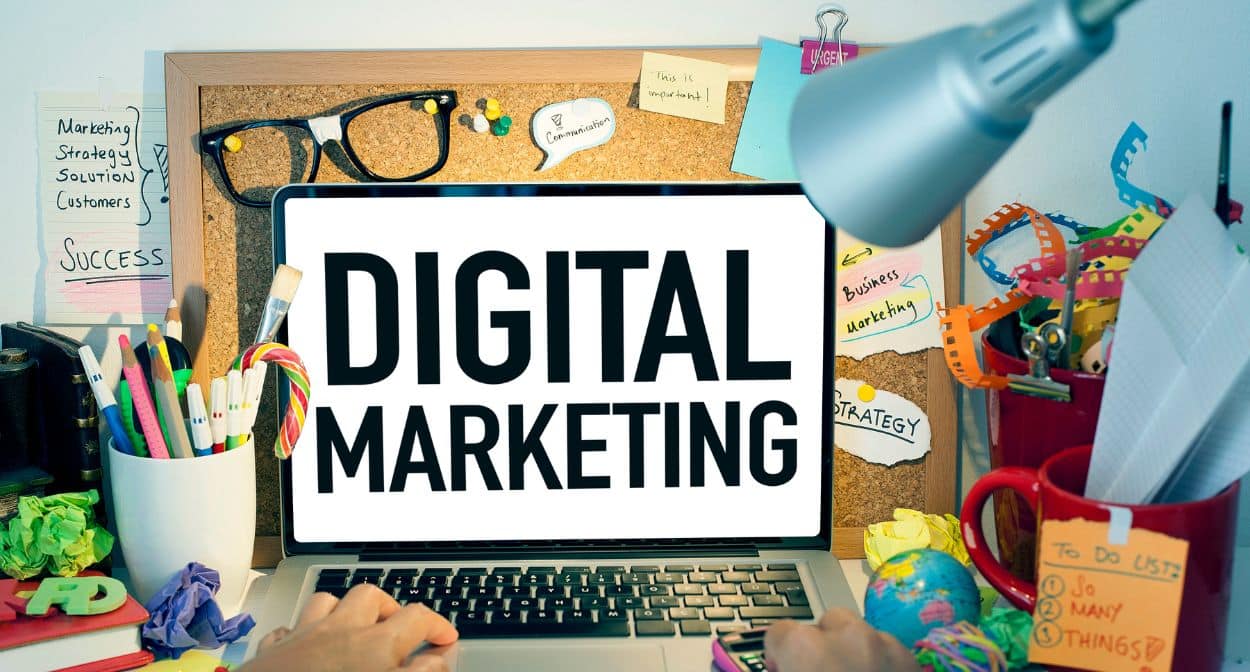In today’s increasingly digital world, small business owners must adapt their marketing strategies to stay competitive and reach a broader audience. With the rapid growth of the internet and the widespread use of smartphones, digital marketing has become an essential tool for businesses of all sizes.
For small business owners, implementing digital marketing strategies can help them reach new customers, increase brand awareness, and ultimately drive sales and growth. In this comprehensive guide, we will explore the basics of digital marketing, including key concepts, channels, and strategies that small business owners can leverage to grow their businesses.
Understanding Digital Marketing Channels

Digital marketing is a multifaceted approach that utilizes various online channels to promote your business, engage with your target audience, and achieve your marketing goals. To get started with digital marketing, it’s essential to understand the different channels and determine which ones will be most effective for your business. Here, we’ll delve into some of the most popular digital marketing channels that small businesses can use to reach their target audience and grow their online presence.
Website development and optimization
Your website is the foundation of your online presence and often the first point of contact between your business and potential customers. As such, it’s crucial to invest time and resources in developing a user-friendly and visually appealing website. Ensure that your site is easy to navigate, with clear calls-to-action and well-organized content that showcases your products or services. Additionally, optimizing your website for mobile devices is essential, as more and more people access the internet via smartphones and tablets.
Search engine optimization (SEO)
Search engine optimization, or SEO, involves optimizing your website and its content to rank higher on search engine results pages (SERPs), such as Google and Bing. By improving your website’s visibility in search results, you can attract more organic (non-paid) traffic and increase the chances of potential customers finding your business online. SEO involves two main aspects: on-page and off-page optimization. On-page SEO includes optimizing your website’s content, meta tags, and internal links, while off-page SEO involves building quality backlinks, engaging in social media, and other strategies that signal your website’s credibility and relevance to search engines.
Content marketing
Content marketing is the process of creating and sharing valuable, relevant, and engaging content to attract and retain a clearly defined audience. This can include blog posts, articles, infographics, videos, and other types of content that provide useful information or solve problems for your target audience. By offering valuable content, you can establish your brand as an authority in your industry, build trust with potential customers, and ultimately drive more traffic and conversions on your website.
Email marketing
Email marketing is a powerful digital marketing channel that allows you to communicate directly with your target audience, build relationships, and nurture leads through tailored content. By building an email list and consistently sending engaging newsletters, you can keep your audience informed about your latest products, services, promotions, and other news related to your business. The key to effective email marketing is personalization, which involves segmenting your email list and tailoring your messages to resonate with different audience segments.
Social media marketing
Social media marketing involves using platforms such as Facebook, Twitter, Instagram, and LinkedIn to promote your business, engage with your audience, and drive traffic to your website. Choosing the right social media platforms for your business depends on your target audience and your industry. Once you’ve selected the platforms that align with your business goals, it’s essential to create a consistent posting schedule and share a mix of promotional, informative, and entertaining content to keep your audience engaged.
Paid advertising
Paid advertising, such as Google Ads or social media advertising, allows you to reach a specific target audience by paying for ad placements on search engines or social media platforms
Developing a Digital Marketing Strategy

To effectively harness the power of digital marketing, small business owners need to develop a comprehensive strategy that outlines their goals, target audience, content plan, and success metrics. This section will guide you through the process of creating a well-rounded digital marketing strategy that will help you achieve your business objectives.
Setting clear objectives
Before diving into digital marketing, it’s crucial to set clear objectives that align with your overall business goals. Establishing specific, measurable, and achievable objectives will help you stay focused and make data-driven decisions throughout your digital marketing efforts. Some common objectives for small businesses include:
- Increasing brand awareness: Improve your online presence and visibility to reach more potential customers.
- Generating leads and sales: Attract and convert prospects into paying customers.
Identifying your target audience
Understanding your target audience is essential to developing a successful digital marketing strategy. To effectively reach your customers, you must know who they are, what their needs and preferences are, and how they interact with your brand. This involves analyzing demographic and psychographic data, as well as creating customer personas that represent your ideal customers.
- Demographics and psychographics: Consider factors such as age, gender, income, education, location, and interests to better understand your audience.
- Customer personas: Develop detailed profiles of your ideal customers to guide your marketing efforts and ensure that your messaging resonates with them.
Creating a content plan
A well-structured content plan is the foundation of your digital marketing strategy. This plan should outline the types of content you’ll create, the channels you’ll use to distribute it, and the frequency at which you’ll publish new content.
- Content calendar: Develop a schedule for creating and sharing content to ensure that you maintain a consistent presence across your digital marketing channels.
- Diversifying content types: Experiment with different types of content, such as blog posts, videos, infographics, and podcasts, to keep your audience engaged and cater to their diverse preferences.
Measuring success
To determine the effectiveness of your digital marketing efforts, it’s vital to track your performance and analyze the data. By monitoring key performance indicators (KPIs) and adjusting your strategies accordingly, you can optimize your digital marketing campaigns and maximize your return on investment.
- Key performance indicators (KPIs): Identify the metrics that are most relevant to your objectives, such as website traffic, conversion rates, or social media engagement.
- Analyzing data and adjusting strategies: Regularly review your KPIs and other data to identify trends, strengths, and areas for improvement. Use this information to refine your digital marketing strategy and achieve better results over time.
Tips for Effective Digital Marketing

As you venture into the world of digital marketing, it’s essential to keep some best practices in mind to maximize your chances of success. By following these tips, you can ensure that your digital marketing efforts yield tangible results for your small business.
Personalizing your approach
- Tailoring content to your audience: Understand your target audience’s needs, preferences, and pain points, and create content that addresses those concerns. Personalized content resonates better with your audience, leading to increased engagement and conversions.
- Engaging with customers: Interact with your customers on social media and through email marketing campaigns. Respond to comments and questions promptly, and encourage feedback to build trust and foster strong relationships with your customers.
Staying updated on industry trends
- Following digital marketing news: Keep yourself informed about the latest trends, tools, and best practices in the digital marketing industry. Subscribe to relevant blogs, podcasts, and newsletters to stay up-to-date with the latest developments.
- Attending webinars and conferences: Participate in webinars, conferences, and industry events to expand your knowledge, connect with other professionals, and gather insights to enhance your digital marketing strategy.
Allocating resources wisely
- Prioritizing high-impact channels: Identify the digital marketing channels that generate the most significant results for your business, and allocate your resources accordingly. Focus on the platforms and strategies that are most likely to help you achieve your objectives.
- Outsourcing tasks as needed: As a small business owner, you may have limited time and resources. Consider outsourcing specific digital marketing tasks to freelancers or agencies to free up your time and ensure that your marketing efforts are managed by experts
The value of digital marketing for small business growth

Digital marketing is an invaluable tool for small businesses looking to expand their online presence, reach new customers, and foster long-term relationships. By developing a comprehensive digital marketing strategy and employing the best practices outlined in this guide, you’ll be well on your way to achieving sustained growth and success for your small business. Embrace the power of digital marketing and watch your business flourish in today’s increasingly digital landscape.


